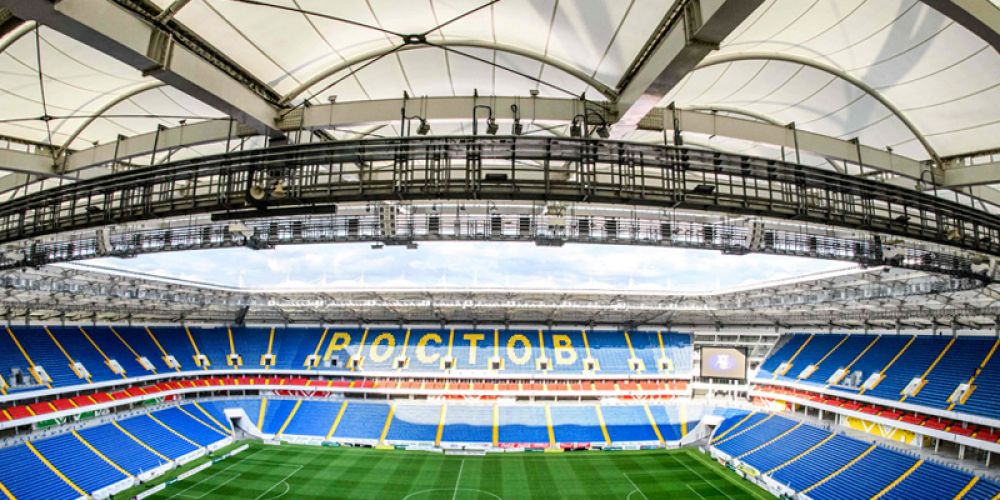
The application of PTFE membrane materials in architecture demonstrates multiple innovations that manifest not only in aesthetic design but also achieve remarkable progress in functionality, durability, and environmental sustainability. Below are key innovative aspects of PTFE membrane applications in architecture:
1. Design Flexibility
PTFE membranes enable highly flexible design solutions with their lightweight and flexible nature. They can be tensioned into various dynamic curved shapes to create unique architectural forms.
Example: At the Zenith Music Hall in France, the PTFE membrane structure serves as the main roof material. Through precise engineering and design, it forms diversified curves and arcs that combine visual appeal with practical functionality.
2. Large-Scale & Customization
With accelerating urbanization and growing demand for public facilities, PTFE membrane structures now adopt large-scale designs to accommodate venues like stadiums and commercial centers.
Additionally, these structures can be customized to meet specific client needs. For instance, the dome-shaped PTFE membrane roof of the Zenith Music Hall optimizes both acoustics and musical performance.
3. Greener Solutions & Energy Efficiency
PTFE membranes offer excellent light transmittance, reducing indoor lighting energy consumption by utilizing natural light. They also block ultraviolet (UV) and infrared (IR) rays, minimizing solar heat gain and enhancing energy conservation.
Example: The double-layered PTFE membrane structure of Dubai's Burj Al-Arab Hotel achieves an elegant, lightweight form while meeting energy-saving and environmental goals.
4. Durability & Self-Cleaning Properties
PTFE membranes exhibit exceptional durability and self-cleaning capabilities. Their non-stick surface requires minimal maintenance, as rainwater naturally cleanses accumulated dust and debris. This ensures long-term structural stability and preserved aesthetics.
5. Smart Integration
Modern PTFE membrane structures increasingly incorporate smart technologies. Integrated sensors and control systems enable real-time monitoring and adjustment of environmental parameters (e.g., temperature, humidity), enhancing occupant comfort and safety.
6. Sustainability & Eco-Friendliness
PTFE membranes utilize recyclable materials and generate relatively less waste during manufacturing and installation. Their lightweight design and energy-efficient performance align with sustainable development principles.
Conclusion
Innovations in PTFE membrane applications—spanning design flexibility, scalability, energy efficiency, durability, smart integration, and sustainability—not only elevate architectural aesthetics and functionality but also advance the construction industry toward sustainable development.